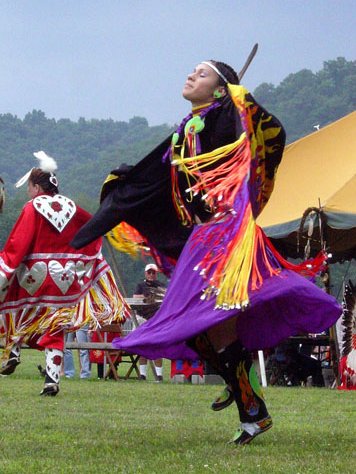
I’ve had a few conversations with other teachers over the past 2 weeks or so about how quickly we transition into coming school years, even before the previous one is completely done.
For me, I know the students who I will be teaching next year, for the most part – they went through an interview and careful selection process – and I actually found myself letting go of my grade 11s and focusing more on my incoming groups even as exams were still going on. The exam schedule facilitated it – kids were only at the school during the time allocated for their specific exams – so we went from spending just about all day together to seeing each other for a moment or 2 before and after their exams. I invigilated a few of their exams but it wasn’t the same. The group was quiet, serious, anxious – alter egos of their loud, opinionated, emotional, wonderful selves.
Last year I promised myself that I would honour closure in a more formal way. I’m not sure I really did what I was intending to do when I made that promise last year. The schedule was somewhat confusing at the end of the year and it seemed that all of a sudden the year was done. It was the first year for senior school reform exams and no one quite knew what to do with them – these are exams that last approximately 9 hours and are based in group work, dialogue, some individual writing, video viewings… so the exam period began about 2 weeks earlier than usual. Some of my students made a point to come see me during that period for some one-on-one time, to talk about the future, to say goodbye.
Despite the slipperiness of the end of year, I did manage to create a reflective piece for the final Student in Society exam. They had two choices, to either choose a topic that we covered during the year, describe the major issues, and then talk about how it has personally affected them (topics like substance abuse, suicide, teen pregnancy, date rape, self-esteem, protest, controlling parents). A few chose that one and in reading their papers I was moved in ways that I will never return. One girl wrote her exam in tears, loud sobbing tears. I asked her quietly if she preferred to write in a private room and she shook her head, I want to stay here. I think she needed to be with people.
The other choice was a letter to me about their own development over the school year, with permission to vent about things I did that drove them crazy. Some of those were very touching, some made me laugh out loud over forgotten jokes, some made me realize how much what I do sets the tone for learning – both positively and negatively.
I guess grade 11 is about letting go and allowing them to say goodbye and drift off on their own. It’s what they have been looking forward to for so many years. As one of my students wrote – I feel like my life is on hold. I can’t wait to finish school and get on with it already.
So, while they contemplate their changing futures, I contemplate mine. I know (though I also know these things can change) what I will be teaching next year. We have decided to share our students more and become subject specialists as opposed to core group teachers. With all of the work required when teaching the new reform courses it is suicide to try to do so for 7, 8 different programs. Logically it makes sense, I’m not sure yet how it will play out within the alternative program, not having core groups.
Next year I will be teaching History of Quebec and Canada, which has become a research course more than a fact memorizing course, so I will be focusing on themes in history and historical process. I will also be teaching Ethics and Religious Culture, a controversial course in Quebec. With it’s focus on dialogue and ethical process I am looking forward to it. I will be teaching a brand new course called Contemporary World, which is very much a research course designed to move from teacher presented material to student created material throughout the year. My last course is Visual Arts. I love that I am able to bring art back into my daily practice.
My summer will be filled with research for these courses and I am jived. So much more so than if I had to teach math or science (my apologies to math and science teachers) next year. I’m using my tumblr site to collect the resources I find for next year in one place. It’s called 09/10 ~ Thinking Forward.
Besides that, I will be spending a lot of time working on my new home. There is so much planting to do on 2 acres of land! I also have some art projects brewing and now that I have a room dedicated as my studio I have the space to let them breathe.
What are you doing to transition from this to next year?

Leave a Reply to mike Cancel reply